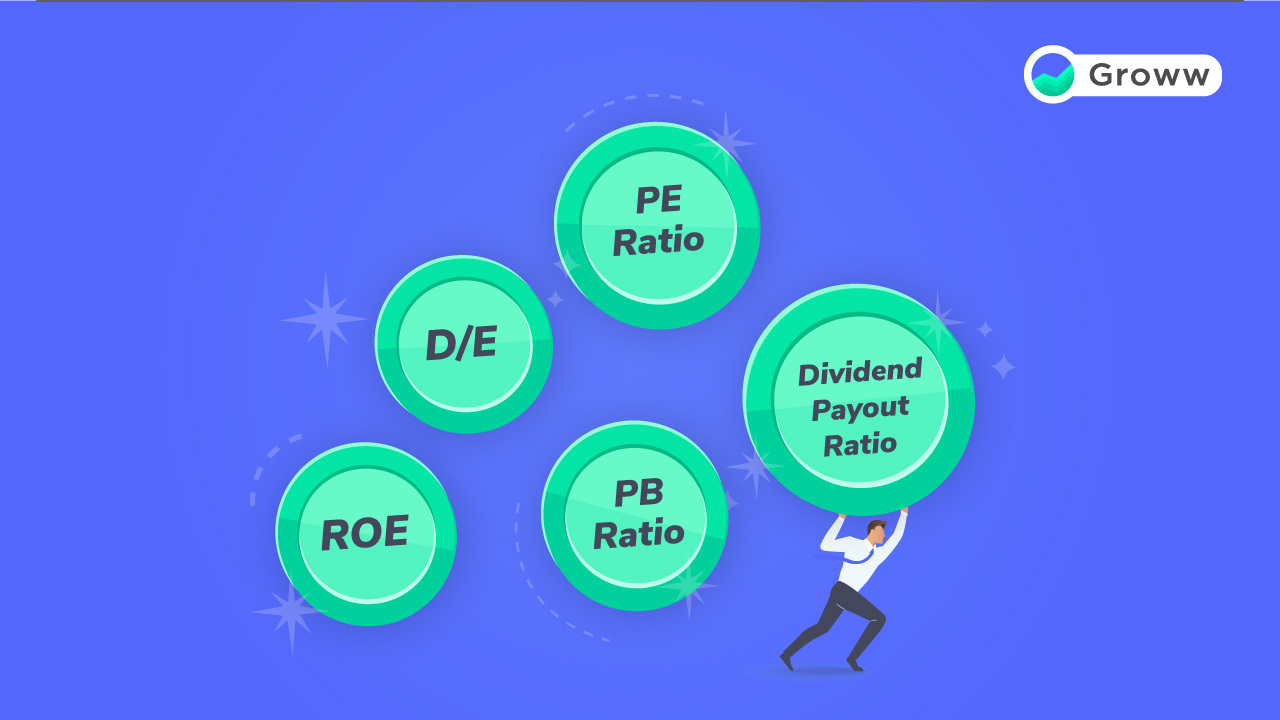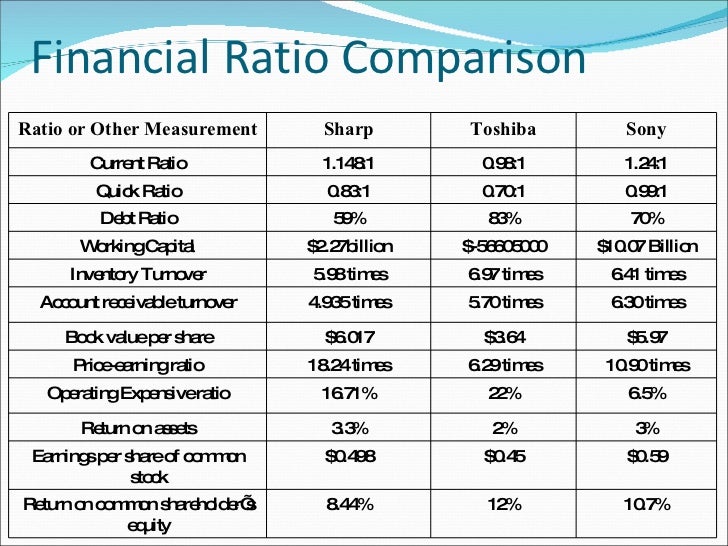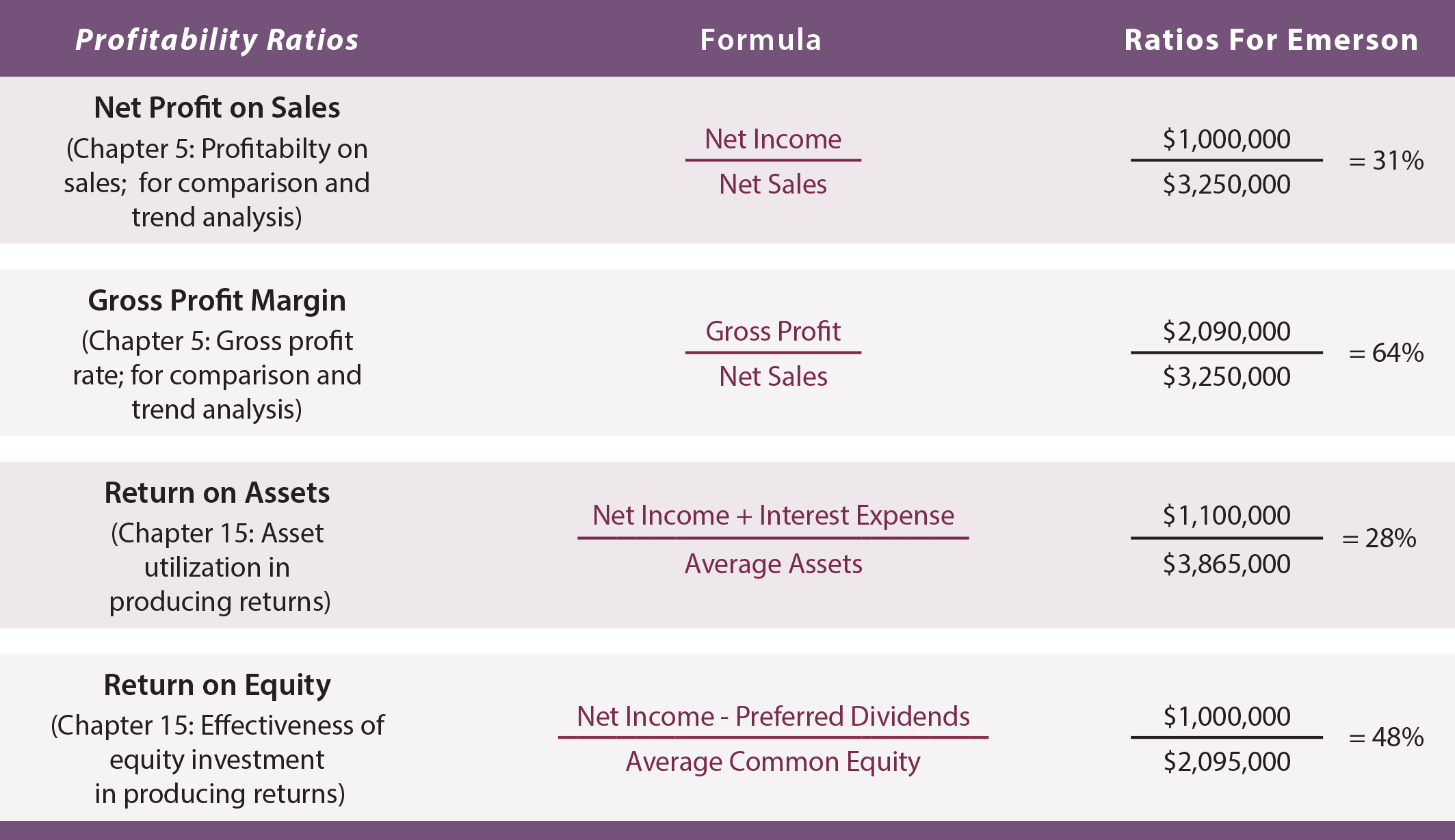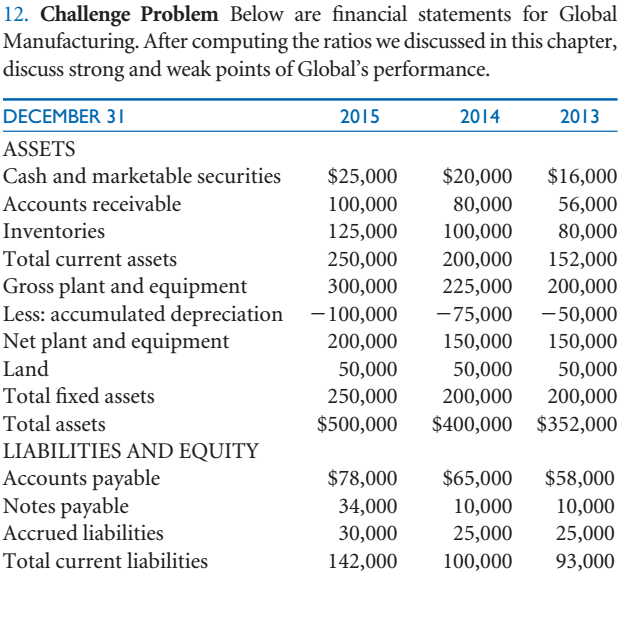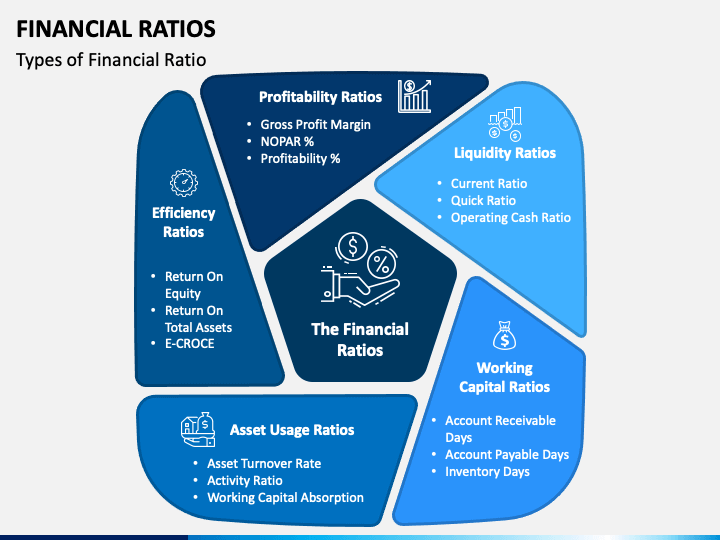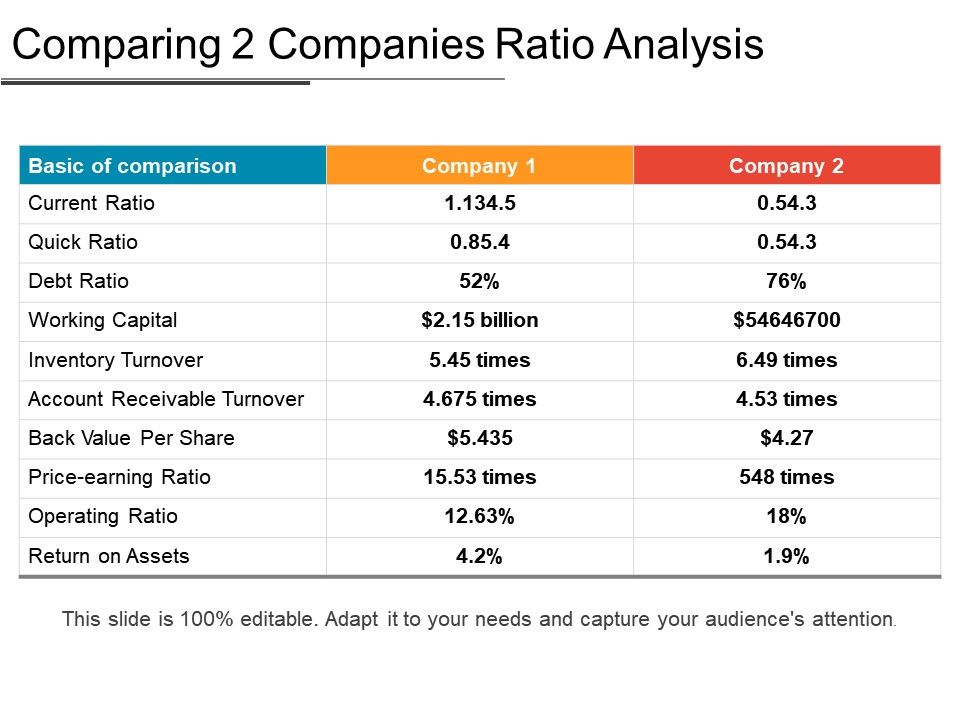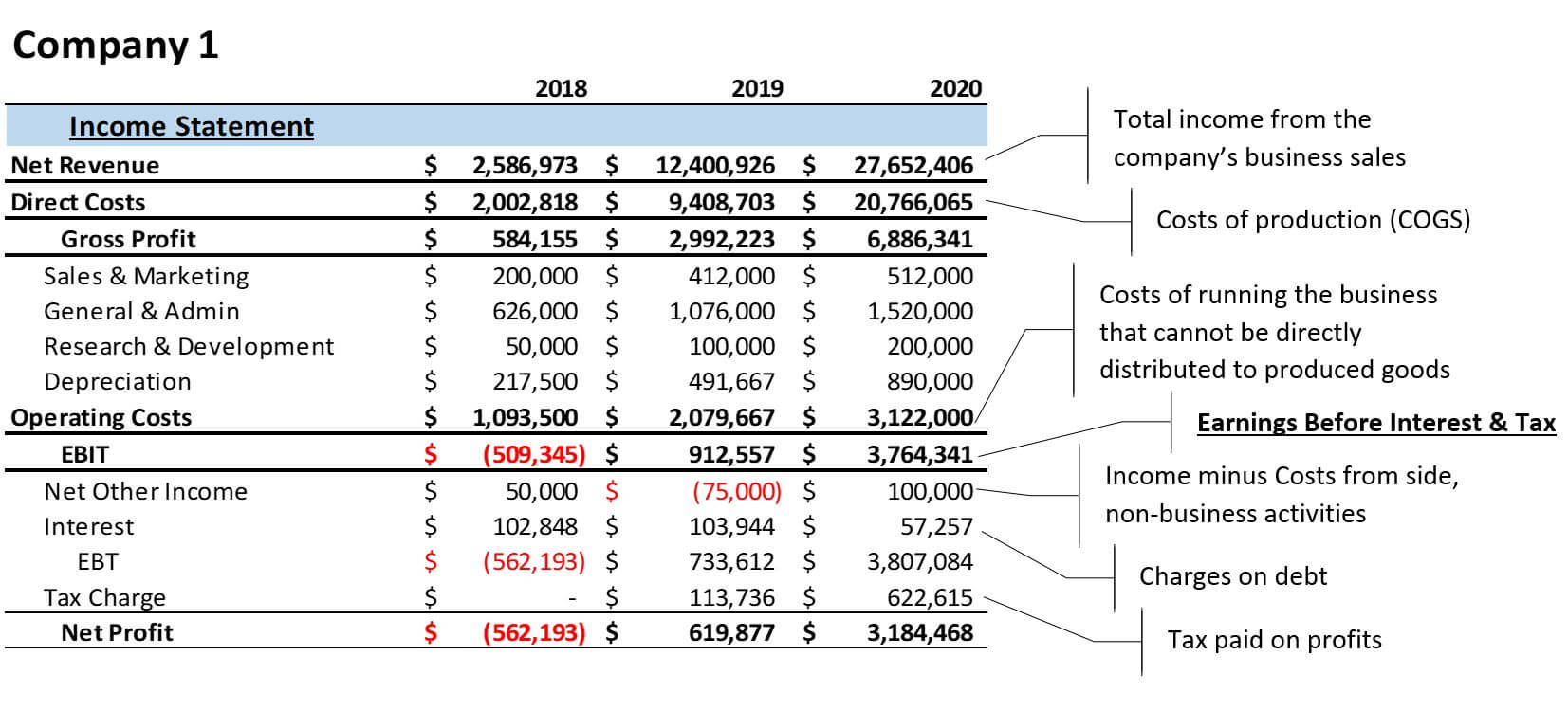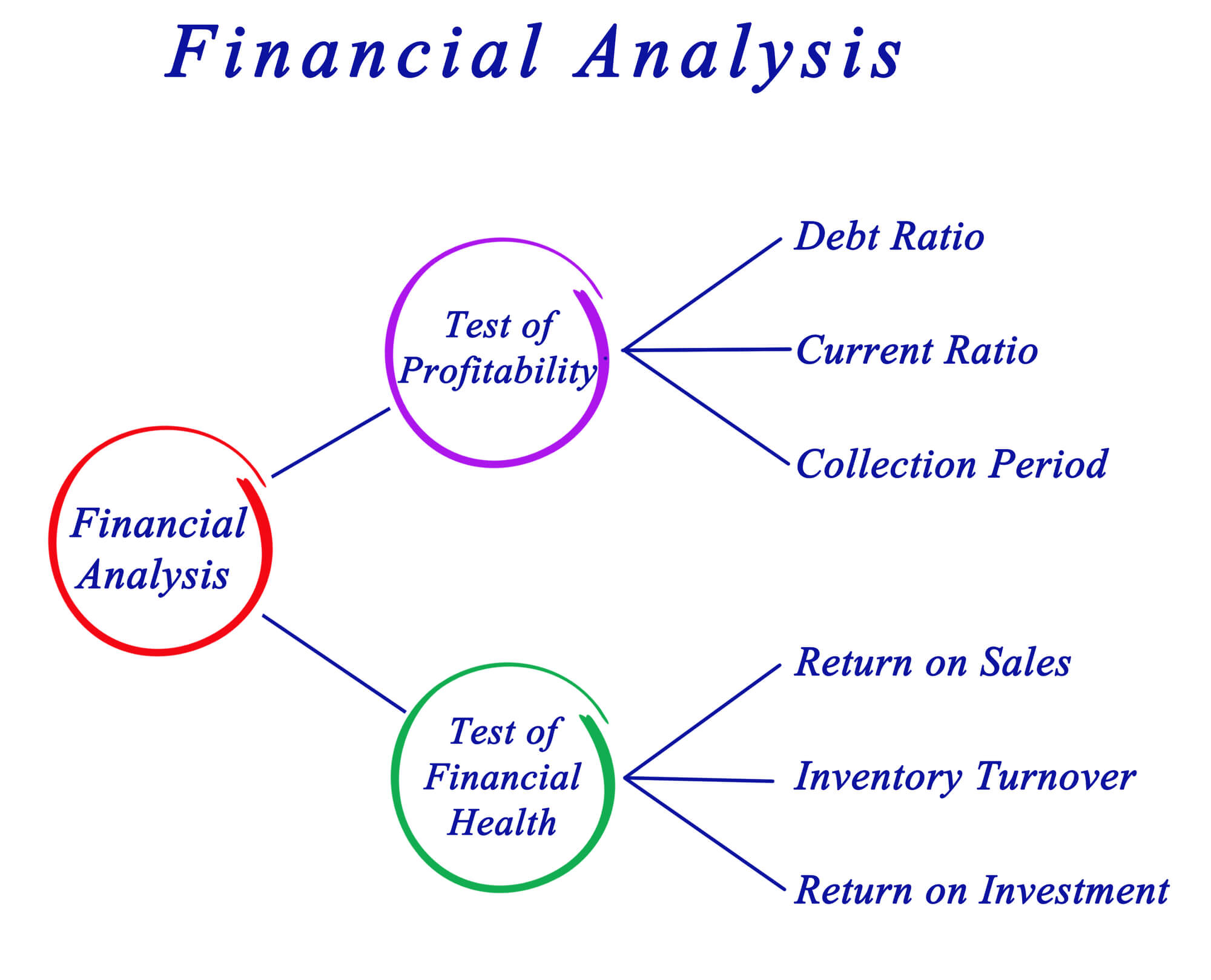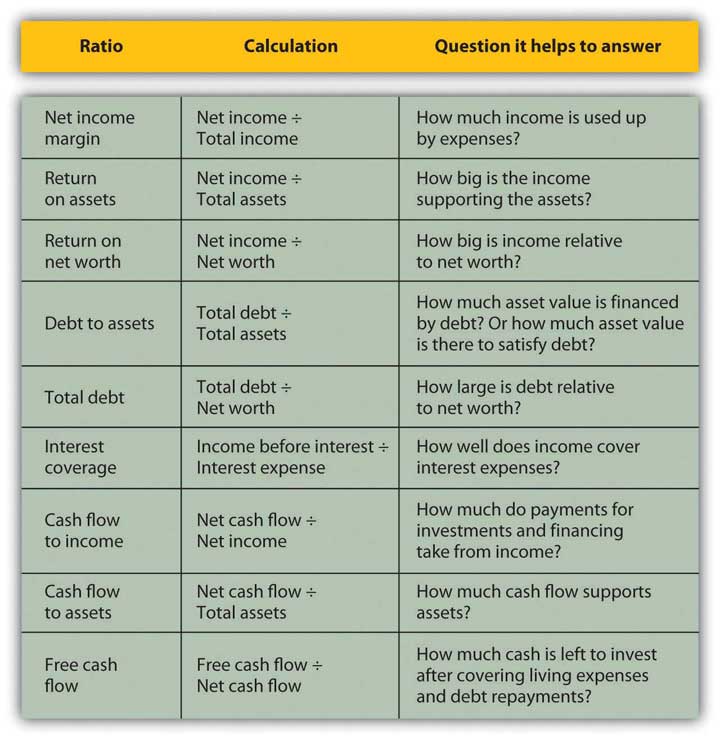Brilliant Strategies Of Tips About Comparing Companies Financial Ratios
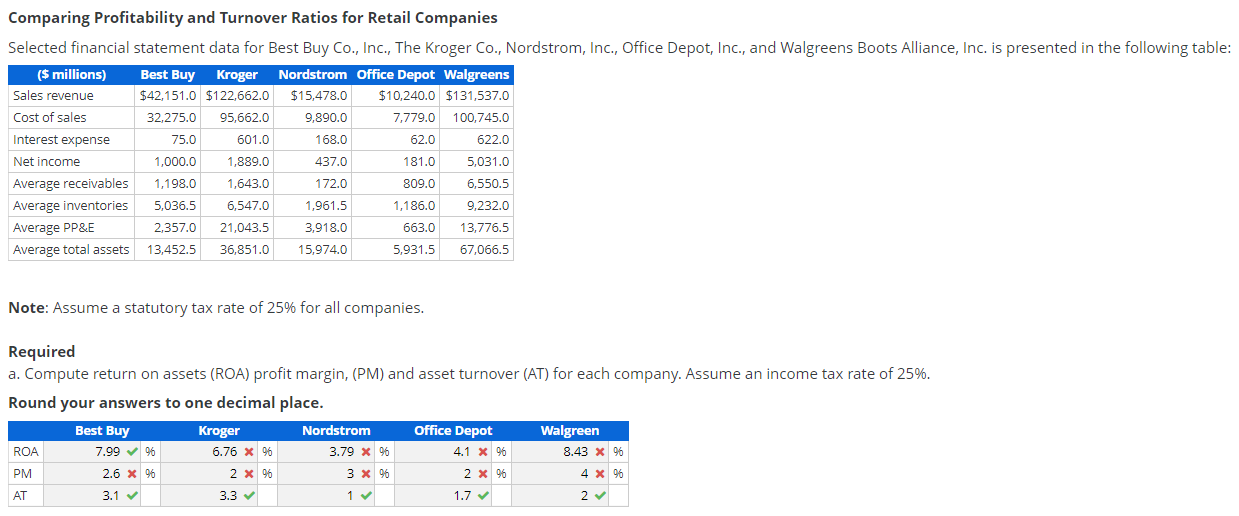
There are various types of financial ratios that focus on different aspects of a company’s finances, including liquidity ratios, profitability ratios, solvency ratios, and.
Comparing companies financial ratios. Demonstrate how changes in the balance sheet may be explained by changes on the income and cash. One of the most effective ways to compare two businesses is to perform a ratio analysis on each company’s financial statements. A financial ratio is essentially as simple as it sounds:
Meaningful financial ratios are meant to. Explain how someone could compare profitability of two hospitals of different sizes. Ratio analysis provides a comprehensive view of a company’s financial health by comparing different financial variables.
Financial ratio analysis uses data from financial documents like the balance sheet and statement of cash flows to assess a company's financial health. A company's financial statements or individual line items within financial. Comparable company analysis (or “comps” for short) is a valuation methodology that looks at ratios of similar public companies and uses them to derive the value of another.
While financial ratios offer valuable insights into a company’s financial health, it’s essential to understand when and how to use them effectively. Such analysis can shed light on financial aspects that include risk, reward (profitability), solvency, and how well a company operates. By rosemary carlson updated on november 30, 2022 reviewed by khadija khartit fact checked by david rubin in this article view all the balance sheet for.
As a tool for investors, ratio analysis can simplify the process of comparing the financial. A ratio analysis looks at. Ratio analysis is the analysis of financial information found in a company's financial statements.
A ratio of two financial numbers compared to each other. One of the purposes of financial ratio analysis is to compare an organization's financial performance with comparable firms in the sector to grasp the. Note that the pcf ratio uses operating cash flow only, which means it overlooks a company’s cash flow performance from financing and investing activities.
There are dozens of such ratios, but these six are particularly useful for a basic understanding of a company's financial condition: Ratio reports contain the following current and historical company ratios: However, it has certain limitations that.
Benchmarking ratios involve comparing a company’s financial ratios to those of its competitors or industry peers. Inventory turnover ratio = cost of goods sold/average inventory = 1,252,000/263,579 = 4.75 for company xyz, and. The purpose of benchmarking is to assess the company’s.
